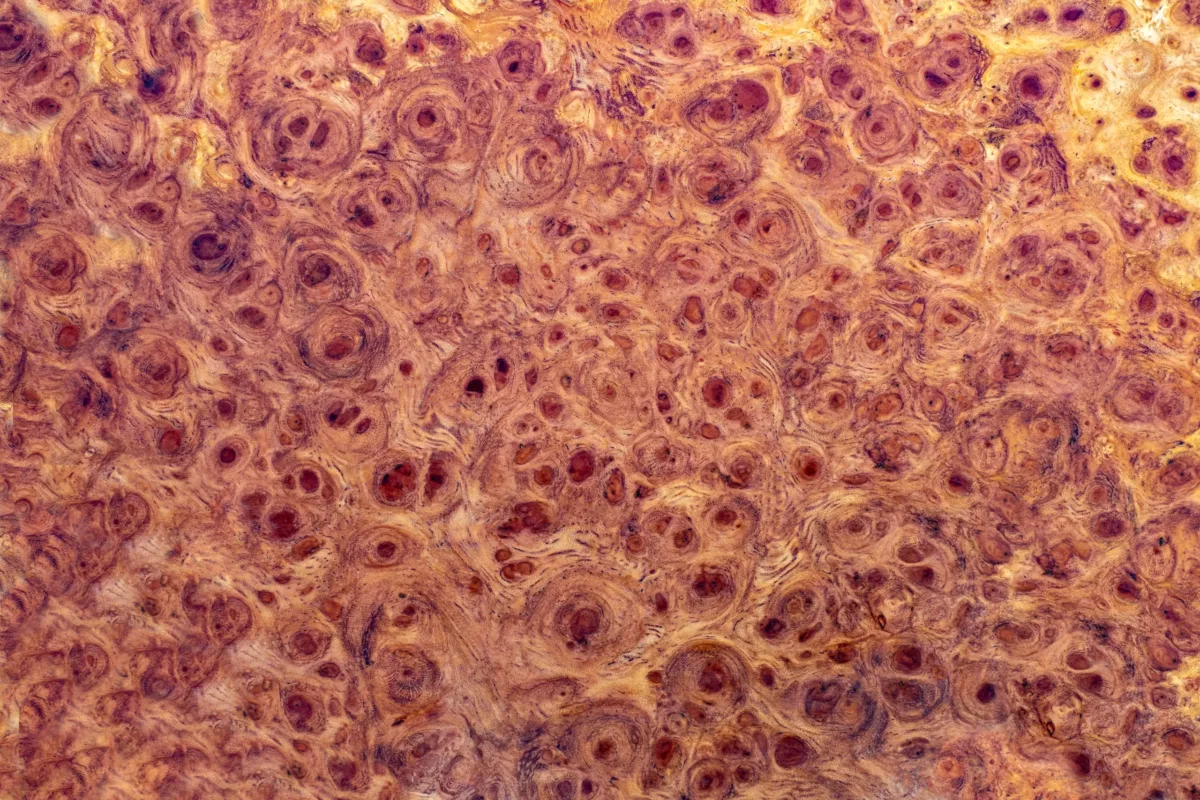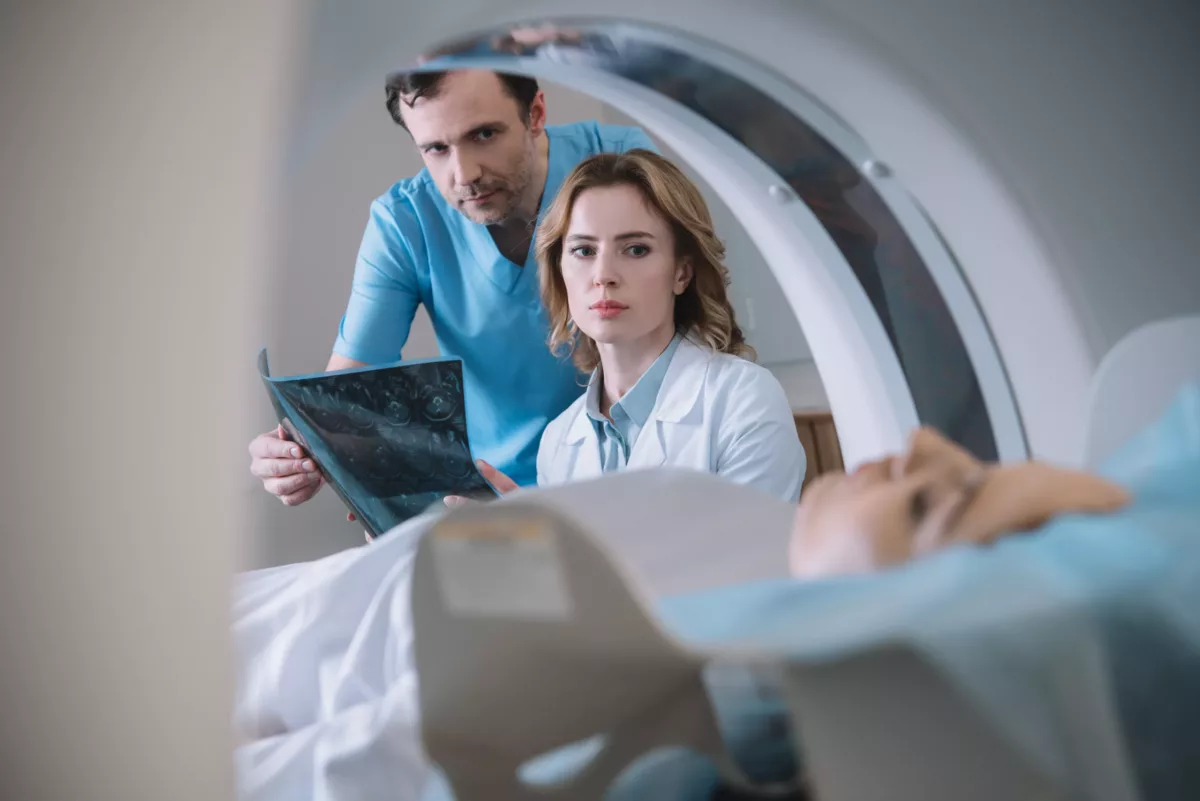There are some tumors that develop on the peripheral nerves. These tumors are not cancerous (benign) and are called benign peripheral nerve tumors. The spinal cord and brain are connected to the other body parts through peripheral nerves. The muscles that allow you to blink, swallow, pick things up, walk, and do other activities are controlled by these nerves.
However, there are several types of tumors that may develop on the peripheral nerves. Some of them are caused by abnormal genes. The exact cause of genetic mutations that lead to these tumors is usually not known.
Almost all tumors that develop on peripheral nerves are benign, but they can still cause nerve damage and loss of muscle control. If you notice a lump or experience pain, numbness, tingling, or muscle weakness, immediately contact your healthcare provider.
Symptoms
The symptoms caused by this health problem depend on the location and size of the tumor. Check below for some symptoms often noticed in people who develop these tumors:
- A lump or swelling under the skin
- Tingling, numbness, or pain
- Loss of function in the affected area
- Muscle weakness
- Dizziness
- Loss of balance
Usually, the symptoms occur because the tumor puts extra pressure on the nerves and nearby blood vessels or other tissue. When the tumor becomes large, it may cause more severe symptoms.
Types
The tumors may grow within them or put pressure on them. Therefore, the tumor that develops within the nerves is called an intraneural tumor, and an extraneural tumor puts pressure against nerves. Check below for some types of benign peripheral nerve tumors:
Schwannoma
This is the most common benign peripheral nerve tumor in adults. The name of these tumors comes from the material that surrounds the nerves (Schwann cells). In most cases, schwannomas grow slowly. That’s why some people with this tumor may notice it after years. If you develop a schwannoma in the arm or leg, you may notice a mass.
Commonly, this tumor develops from a single bundle of nerve fibers (also called a fascicle). In some cases, the schwannoma grows and makes some irregular shapes within the pelvis and spine (such as dumbbell tumors). When this tumor becomes larger, multiple fascicles are at risk when trying to remove it.
While schwannomas usually grow alone, some people may develop several tumors in the legs, arms, or body. In such cases, the condition is called schwannomatosis.
In rare cases, people may develop a rare type of schwannoma near the brainstem (called acoustic neuroma). It causes hearing or balance problems. Sometimes, it is called a vestibular schwannoma. Acoustic neuromas are diagnosed in people with a specific health condition called NF2-related schwannomatosis. Without treatment, this tumor may grow too large and put pressure on the brainstem.
Neurofibroma
This is another common type of benign nerve tumor that develops in the center of a nerve. In some cases, it may appear from multiple nerve bundles and may cause mild symptoms. Neurofibromas are often diagnosed in people with a health condition that causes these tumors to grow on nerves. This disease is called neurofibromatosis type 1 (NF1).
The most common symptoms of neurofibroma include skin color changes, numbness, weakness, and pain. Furthermore, those who suffer from NF1 may also experience other health conditions such as bone changes (including a curved spine) and an eye nerve tumor known as an optic glioma. In addition, people with NF1 are at increased risk of developing malignant peripheral nerve sheath tumors.
Perineurioma
This type of benign peripheral nerve tumor appears quite rarely. It develops in the perineurial cells, which are a type of cells that surround the peripheral nerve sheath. When this tumor appears within a nerve, it is called intraneural perineurioma, and extraneural perineurioma if it grows in soft tissue near the nerve. This type of benign peripheral nerve tumor is usually diagnosed in children and younger adults.
Lipoma
This type involves slow-growing fat cells that cause a noncancerous and soft lump that often develops under the skin on the shoulders, back, neck, or arms. In most cases, a lipoma does not cause pain or other symptoms.
Ganglion Cyst
Usually, ganglion cysts appear due to an injury. However, most of them appear without a known cause. In most cases, ganglion cysts develop near joints (such as wrists) and may cause pain. While some of them go away on their own, other ganglion cysts require treatment because they put pressure on the nerves.
Causes
In most cases, it is not possible to determine what causes benign peripheral nerve tumors, but some of them are passed down in families.
Risk Factors
The factors that increase the risk of these tumors are different because they depend on the type. For instance, the main risk factor for neurofibromas is the genetic condition called neurofibromatosis type 1 (NF1). In severe cases, this condition may cause multiple neurofibromas, but in most cases, people who experience NF1 do not develop neurofibromas. Additionally, NF1 significantly increases the risk of malignant (cancerous) peripheral nerve sheath tumors.
However, the primary risk factor for schwannomas is abnormal genes that cause it.
Diagnosis
Healthcare providers usually diagnose non-cancerous peripheral nerve tumors by performing the following tests. Examples include:
- Imaging tests – These tests are used to get detailed images of multiple body structures and organs. Physicians often perform MRI (magnetic resonance imaging) or CT (computerized tomography) scans.
- Electromyogram (EMG) – This is a specific test used to record the electrical activity of the muscles during movement. It may help identify the tumor location and which nerves are involved.
- Nerve conduction study – In most cases, this test is performed along with EMG. During this procedure, doctors measure how fast the nerves carry electrical signals to the muscles.
- Tumor and nerve biopsy – This test involves the removal of a small sample of tumor or nerve and testing it in the laboratory to check for cancerous or abnormal cells.
Treatment
People do not require treatment because the tumor is small and does not cause symptoms. However, the primary treatment for people with benign peripheral nerve tumors is surgery to remove them. Physicians may also recommend regular monitoring if the tumor cannot be removed. These include frequent checkups and imaging tests to see whether the tumor is growing.
Usually, surgery is required if the tumor is cancerous and causes symptoms.
Frequently Asked Questions
What is the most common benign peripheral nerve tumor?
The most common type of these tumors is schwannoma. It is thought to appear due to genetic mutations in the Schwann cells that surround the nerves.
How do you treat a benign peripheral nerve tumor?
The main treatment for these tumors is surgery to remove them. However, not everyone needs treatment because the tumor is small and does not cause any symptoms.
Where is the most common location of a schwannoma?
It mostly develops on the cranial nerve VIII (also called the vestibular nerve). This nerve links the inner ear to the brain. These tumors are also known as vestibular schwannomas or acoustic neuromas. If you have additional questions, ask your healthcare provider.




